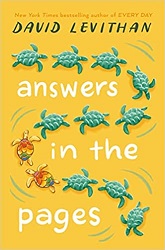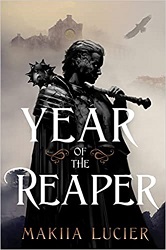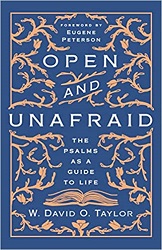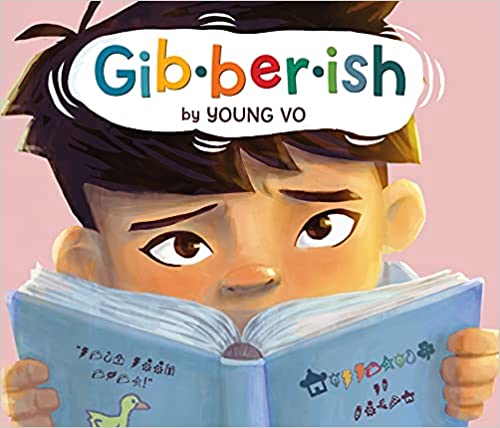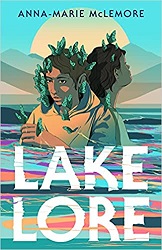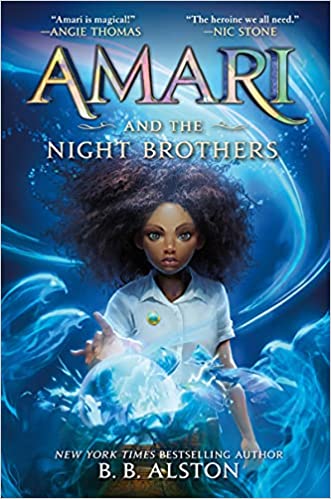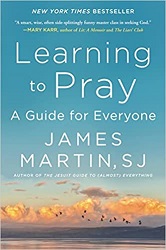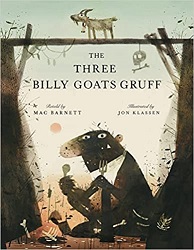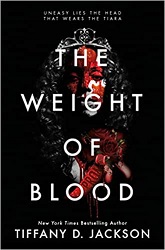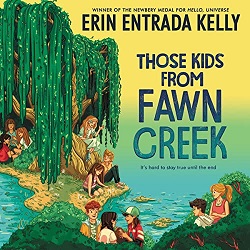Review of Answers in the Pages, by David Levithan
by David Levithan
Alfred A. Knopf, 2022. 170 pages.
Review written September 15, 2022, from a book received at ALA Annual Conference and signed by the author.
Starred Review
2022 Sonderbooks Stand-out: #6 General Children’s Fiction
This is a children’s novel about censorship, and it’s very well done. Sadly, the author is among those with the most book challenges in America, so he knows what he’s talking about. This book looks at the issue of censorship from a kid’s viewpoint.
We get three stories in this book. One is a fictional book that a boy named Donovan is reading with his class. The book is called The Adventurers and we only get excerpts, but it’s a wild adventure of two boys named Rick and Oliver working together on a team with a girl named Melody to defeat a criminal mastermind, including escapes from alligators and a trap over a geyser and other frightening situations like those.
The problem comes from the last sentence in the book: “At that moment Rick knew just how deeply he loved Oliver, and Oliver knew just how deeply he loved Rick, and the understanding of this moment would lead them to much of the happiness and adventure that came next.”
When Donovan’s mother sees his book lying around and picks it up and reads that last sentence, she decides it’s a book promoting homosexuality and is not appropriate for fifth-graders. She gets the community involved and it all works toward a book challenge and a showdown at the school board meeting.
The other story being told is about a boy named Gideon in a different class than Donovan, reading the book Harriet the Spy in his class. There’s a new kid named Roberto who sits in front of him, and Gideon is happy as they start getting to know each other better.
I like the way the separate stories come together at the end.
But I also like the way different characters defend the book against the challenge. Here’s what the teacher says to the class when it’s first challenged:
“It doesn’t matter how you identify Rick or Oliver, or what you think their relationship is or ultimately will be. If we’re going to defend this book — and I promise you, I plan on defending this book — the proper line of defense is not ‘But they’re not gay!’ Because that implies that there would be a legitimate problem if they were gay. The proper defense is ‘It doesn’t matter if they’re gay. The characters can be whoever they are.’ And I know some of you might think I’m saying that because I myself am gay. But I am not saying this as a gay man, or as a gay teacher. I’m saying this as a human being who believes that all human beings should be treated with respect.”
I also like what Donovan says to his Mom:
“I don’t know what world you think we live in, Mom. There are plenty of gay, lesbian, bi, trans, and nonbinary people on YouTube and TikTok and all the other things we watch. And other books I’ve read have had gay, lesbian, bi, trans, and nonbinary characters. Kira in our class has two moms, and there are other kids in our school with two moms or two dads or two parents who just want to be called parents. Some kids have nonbinary older siblings. And there’s even a gay kid in my class.”
I won’t say more of how that discussion goes, but I thought it was portrayed well. And ultimately, the book showed that trying to keep kids from knowing about the world around them doesn’t do the job and it harms the kids who are in that group grown-ups are trying to pretend doesn’t exist. Because, as the characters point out, if you can’t know you’re gay in fifth grade, then how can you know you’re straight?
Besides telling about this all-too-relevant issue, the book tells a good story as well, about some kids being kids.
Find this review on Sonderbooks at: www.sonderbooks.com/Childrens_Fiction/answers_in_the_pages.html
Disclosure: I am an Amazon Affiliate, and will earn a small percentage if you order a book on Amazon after clicking through from my site.
Disclaimer: I am a professional librarian, but the views expressed are solely my own, and in no way represent the official views of my employer or of any committee or group of which I am part.
What did you think of this book?
